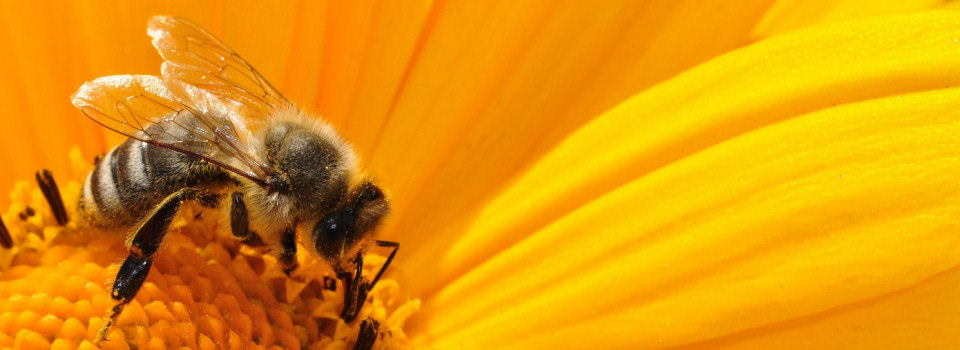Picture dipping a new, gentle brush into the ink, pressing down, and seeing the stroke jump over the page—alive, unpredictable, and always a bit rebellious. This is how you control the brush in traditional ink painting. And no matter what you name it—ink wash, sumi-e, or 酒精墨水畫—there's something exciting about getting that wild line under control - see our website here!
Brushes are more than simply tools; they are an extension of your will. In traditional ink painting, the brush might talk softly or loudly, trip over things, or glide. Start with your grasp to tame it. If you hold the brush straight up, like you're balancing a bird on your finger, it won't fly away if you hold it too tightly. If you hold it too loosely, it will fall off. Your hand becomes the link between the ink, the paper, and the picture in your head when you find the right position.
Repetition gives you control, but boredom does not. Try a new line every day: fast dashes, slow curves, and dots that seem like rain preparing to pour. Try new things. If you're stuck, go to YouTube and watch a Chinese maestro flick the bristles. That wrist, faster than a scared cat, turns a blank paper into mountain mist.
Ink is important. Squeeze out a puddle and measure its heartbeat with a stroke. Ink that is wetter will bleed, and ink that is drier will scrape. It's okay to blend different ink strengths in the same painting. The tension between bright and dark, washed edge and crisp line is what makes the art scream. A mistake that makes your work look bad will teach you more than a perfect stroke.
Pressure is the secret ingredient. Press down harder to get thick, rumbling lines. To get thin, wispy lines, lift the brush. To add texture, run the brush along its side like bark, rock, or cloud. I sometimes feel like my brush is a chameleon, changing roles with each new contact.
Let go of the need to be perfect above all else. The old masters loved spontaneity, which they called "spirit resonance." They thought that a painting should be full of life and not look stiff or overthought. Do blind contour drawings or paint with your left hand. Do something unexpected.

